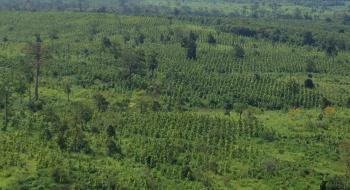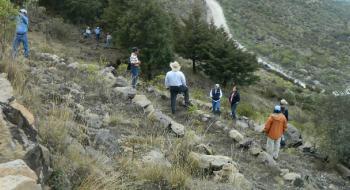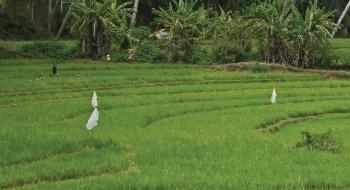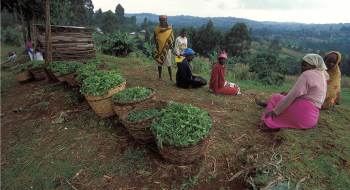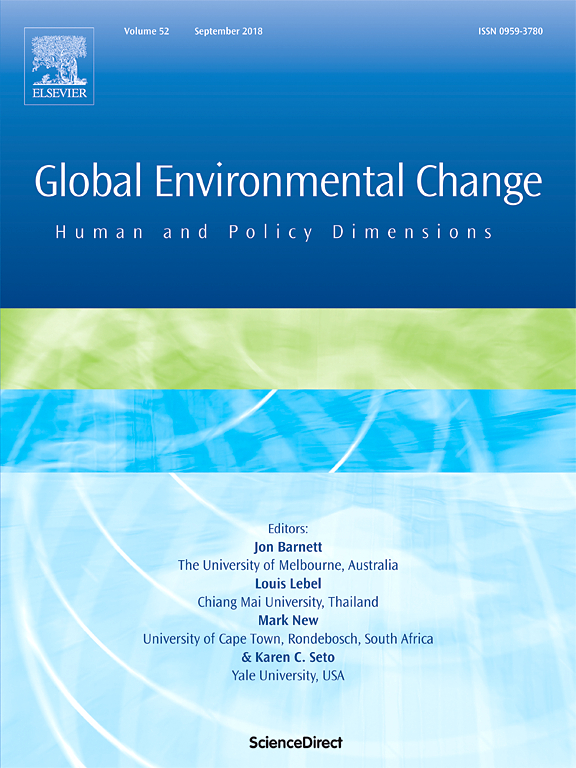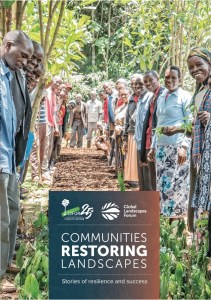Making restoration pay in Ghana’s degraded forest reserves
A private company is restoring degraded forest reserves in Ghana with commercial as well as native tree species, applying a business model that also brings strong community and environmental benefits.*
The company, Form Ghana, has leased about 20,000 hectares in three forest reserves in the West Africa country in order to establish and manage sustainable forest plantations. These areas were once productive semi-deciduous forest ecosystems. However, decades of overexploitation, bush fires and conversion to agricultural land left them severely degraded.

